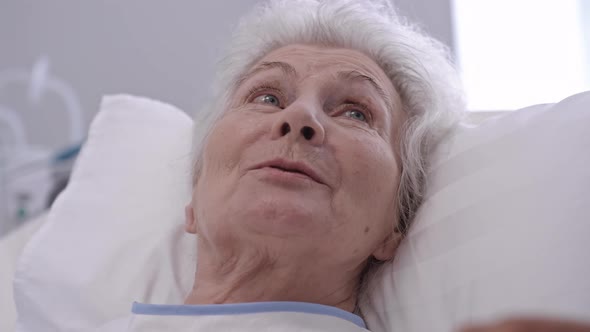Mrs Horton is 81 years old and has lived alone in her two bedroomed house for many years. She is frail and has difficulty moving around due to chronic obstructive pulmonary disease which leaves her breathless after only a little exertion. She has home care visits, three times a day to support her with getting up, getting lunch, and preparing her evening meal whilst also helping her to undress for bed. She has a stair lift to help her upstairs where the only available toilet is.
She has a son who lives locally but works away most of the time and she has a daughter who lives 200 miles away and is unable to drive. A friend collects her to take her to church every week and another friend takes her to the hairdressers every week. Currently she also has a visit from the diabetic nurse every week.
Two weeks ago, she had a fall and was admitted to hospital. Following observation and some treatment, she is now ready to return home, with new medication.
Use this template to consider information that should be shared to support Mrs Horton.
| Consider what information needed to be shared at the point of admission. | |||
| Information | By whom | With whom | When |
|---|---|---|---|
| Name, address, details of accident | Paramedics | Hospital admissions | Admission |
| Medical history and current medication | Primary Care (GP, Diabetes Nurse) | Hospital admissions | Admission |
| Mrs. Horton’s condition (if consent given) | Hospital Nurses | Mrs Horton’s Family and Friends and Support Staff | Admission |
| Consider what information needed to be shared before Mrs. Horton returns home. | |||
| Information | By whom | With whom | When |
| New Medication and Condition | Hospital | Mrs Horton’s Family/Friends/Support Staff | Discharge |
| Medication, treatment and Condition | Hospital | Primary Care (GP, Diabetes Nurse) | Discharge |
| What steps do you need to take in order to share this information? | |||
| Where possible, consent should be obtained from Mrs. Horton before any information sharing goes ahead. Where this is not possible, a judgment call will need to be made and information should only be shared on a need to know basis | |||
| Consider the possible consequences of not sharing information in this situation | |||
| Family, friends and support staff would worry about Mrs. Horton when they visited her home and found her not there. Medical professionals would not have full access to her medical history and current medication so may give her inaccurate advice (e.g. putting her on medication which is incompatible with medication she is already taking). Medical staff would not know her name or how to address her. | |||

